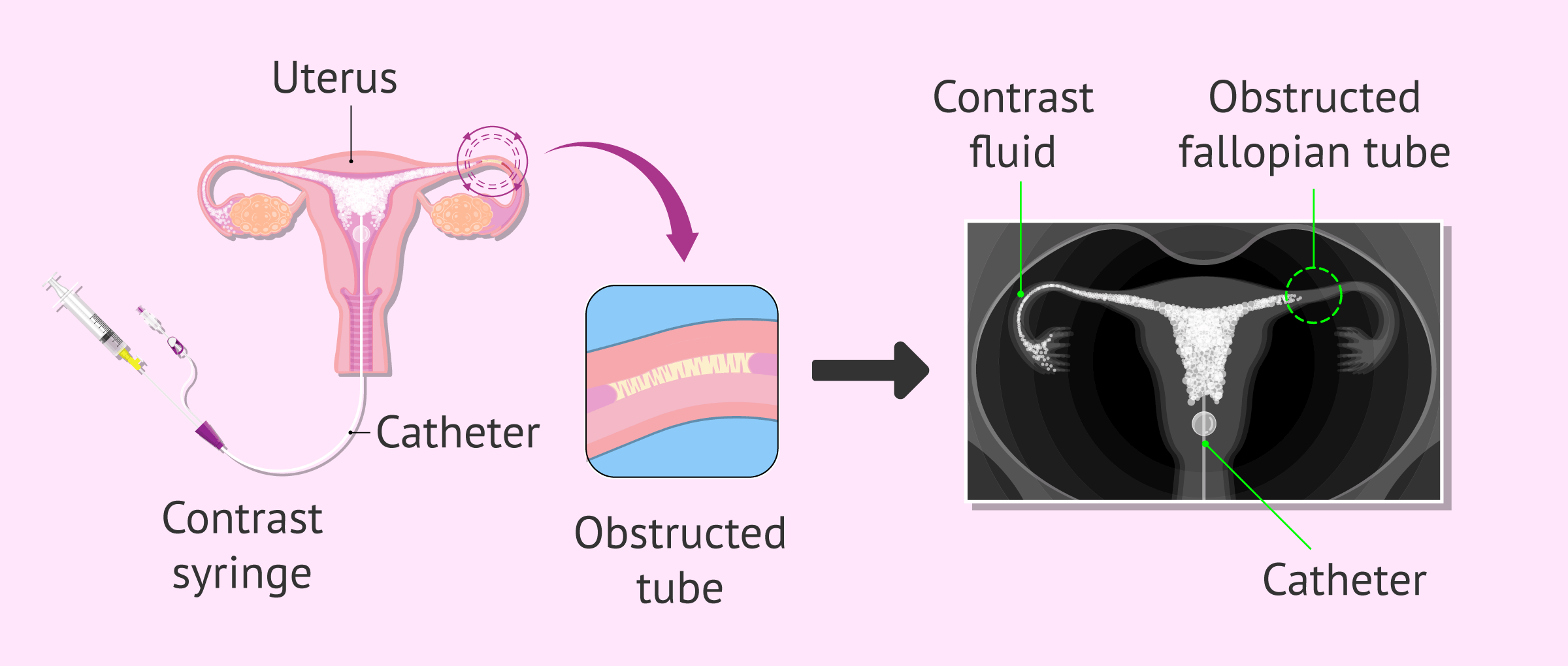Tubal Patency Testing (HyCoSy)
What is a HyCoSy?
Hysterosalpingo Contrast Sonography (HyCoSy) is a minimally invasive diagnostic imaging procedure used to evaluate the fallopian tubes and uterine cavity. It involves the use of ultrasound imaging along with a contrast medium to visualize the reproductive structures and assess any potential abnormalities
HyCoSy is also referred to as “Tubal Patency Testing.”
Ultrasounds can only be performed when a referral has been received from a Medical Practitioner.
What is involved in a HyCoSy Procedure?
Tubal Patency testing, also known as HyCoSy (Hysterosalpingo-contrast-sonography ) is an ultrasound performed with a contrast that checks whether your fallopian tubes are open or blocked. It is a low risk procedure which is performed in the ultrasound room and is the ideal test for checking the shape of the uterine cavity and tubal patency. This can direct the type of treatment that is required for women having trouble falling pregnant.
The procedure is done by putting fluid containing small bubbles into the uterine cavity, and watching with ultrasound to see whether the fluid flows through the fallopian tubes and spills around the ovaries. The fluid/bubble mix we use is either normal saline mixed with air, or a fluid called ExEm foam gel, which is specifically designed to be used for this test.
Hysterosalpingo-contrast-sonography is a modification of the sonohysterography
What happens on the day of the test?
You do not need to have a full bladder. A scan through the abdomen may be performed initially, and you will then be sent to the bathroom to completely empty your bladder and put on a gown.
You will be positioned on the bed with your feet comfortably resting at a lower level. A transvaginal ultrasound is then performed, where we will assess the shape and appearance of your uterus, the endometrium (lining of the uterus), and the ovaries.
One of our doctors will then discuss the procedure with you in detail. A speculum is inserted into the vagina, similar to a pap smear. The upper vagina is cleansed with antiseptic, and a very thin (2mm) tube, or catheter, is passed through the cervix into the uterus. The speculum is then removed and replaced by the trans-vaginal ultrasound probe. A small balloon on the catheter is inflated to keep the catheter in place.
The first part of the test involves injecting normal saline into the catheter, which gives us information about the inside of the uterus. We then inject a solution of tiny bubbles, which shows up intensely white on the ultrasound image. If the fallopian tubes are open, we can see the fluid passing through the tubes and spilling around the ovaries.
FAQs
Is the test painful?
Most women experience only mild discomfort. Others may experience period-type cramping during the procedure.
This can be minimised by taking two tablets of an anti-inflammatory medication such as Nurofen 1 hour before the procedure. Women who are unable to take anti-inflammatory medications may substitute by taking Panadol or Panadeine.
When should the test be done?
The test is done between day 5 and day 9 of the menstrual cycle, counting from the first day of your period. If there is no chance of pregnancy (e.g. you are on the oral contraceptive pill, or have completely abstained from sexual intercourse since the first day of your period), we may be able to do the test later than day 10.
If there is any doubt regarding possible pregnancy, the test will be rescheduled for the following month.
When will I get my results?
Dr Hurley will explain the results to you at the time of the procedure, and the report will be forwarded to your referring doctor.
The information from your report will allow your doctor or specialist to determine whether or not you need further treatment and plan what treatment is required.

